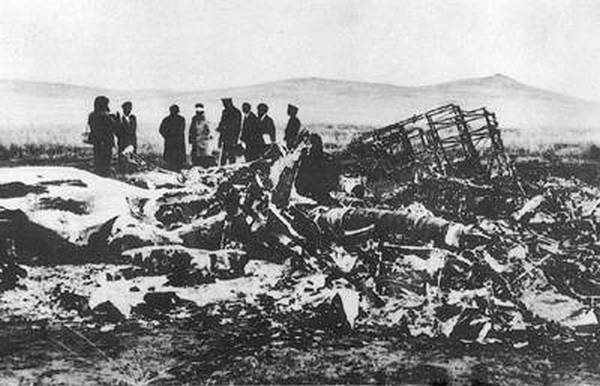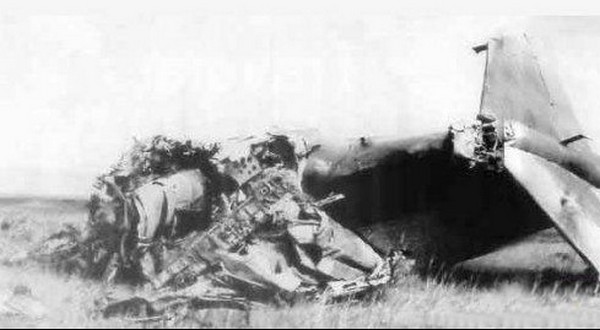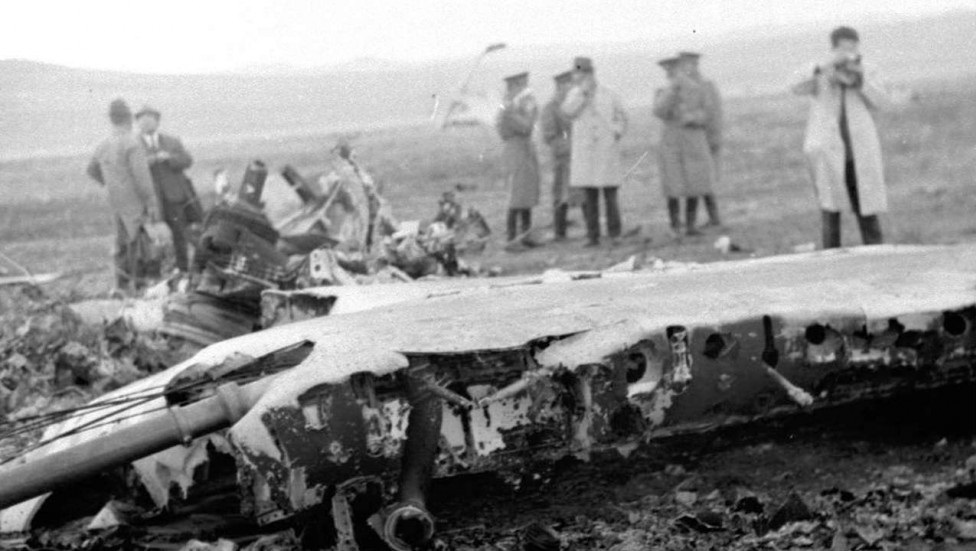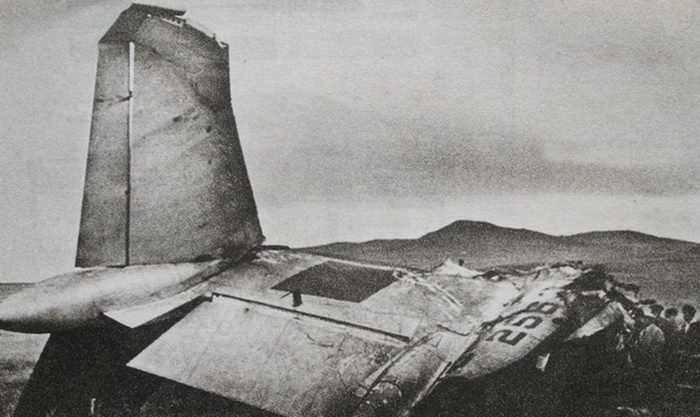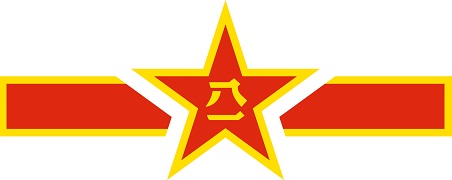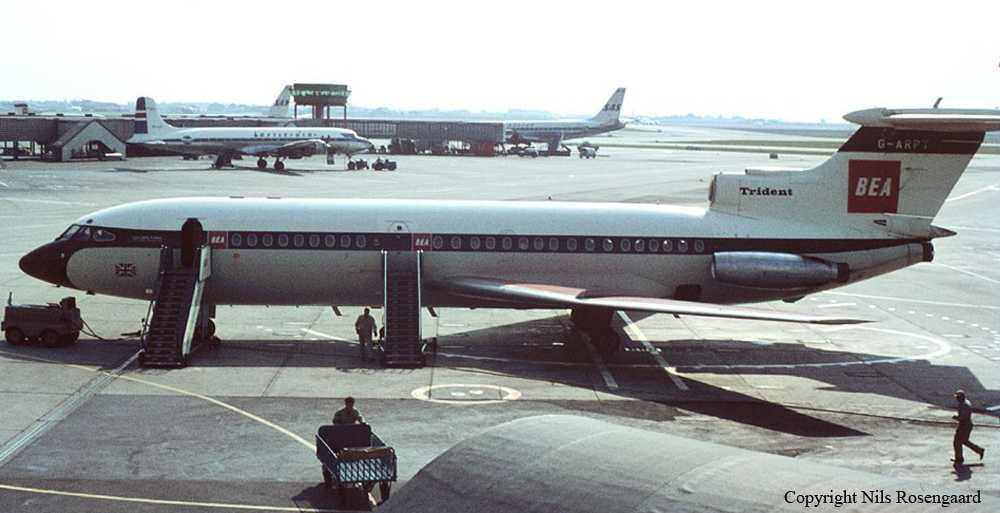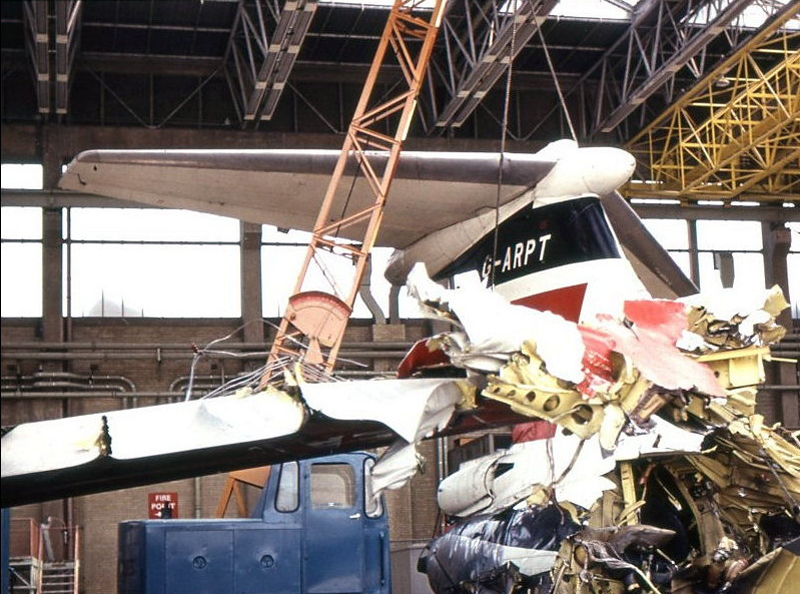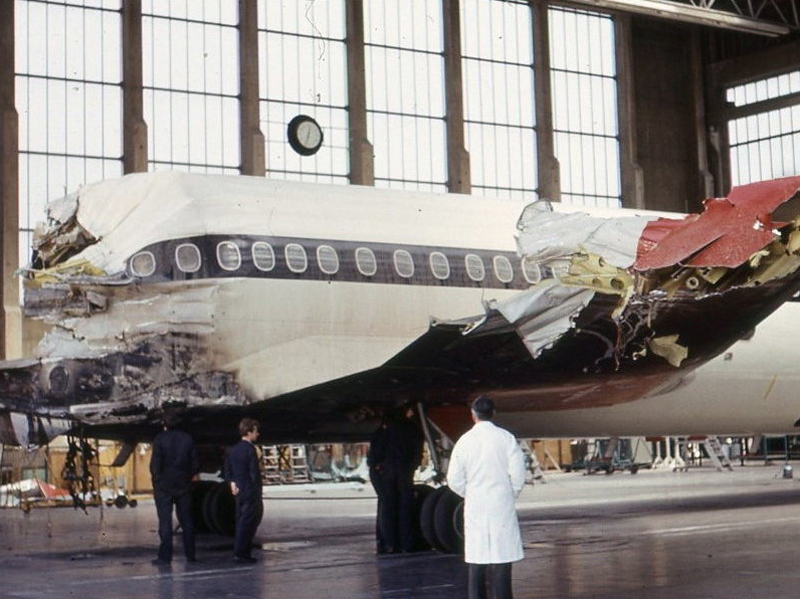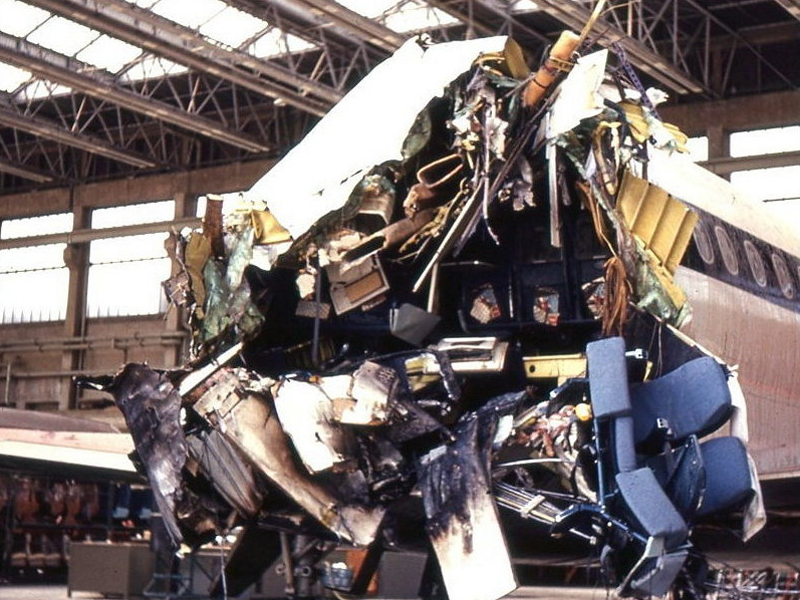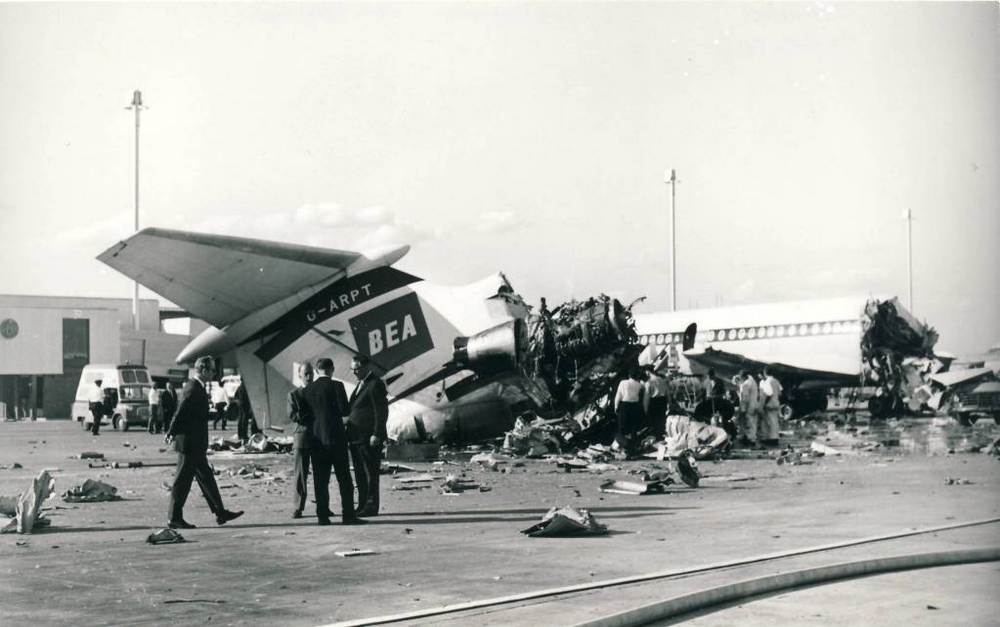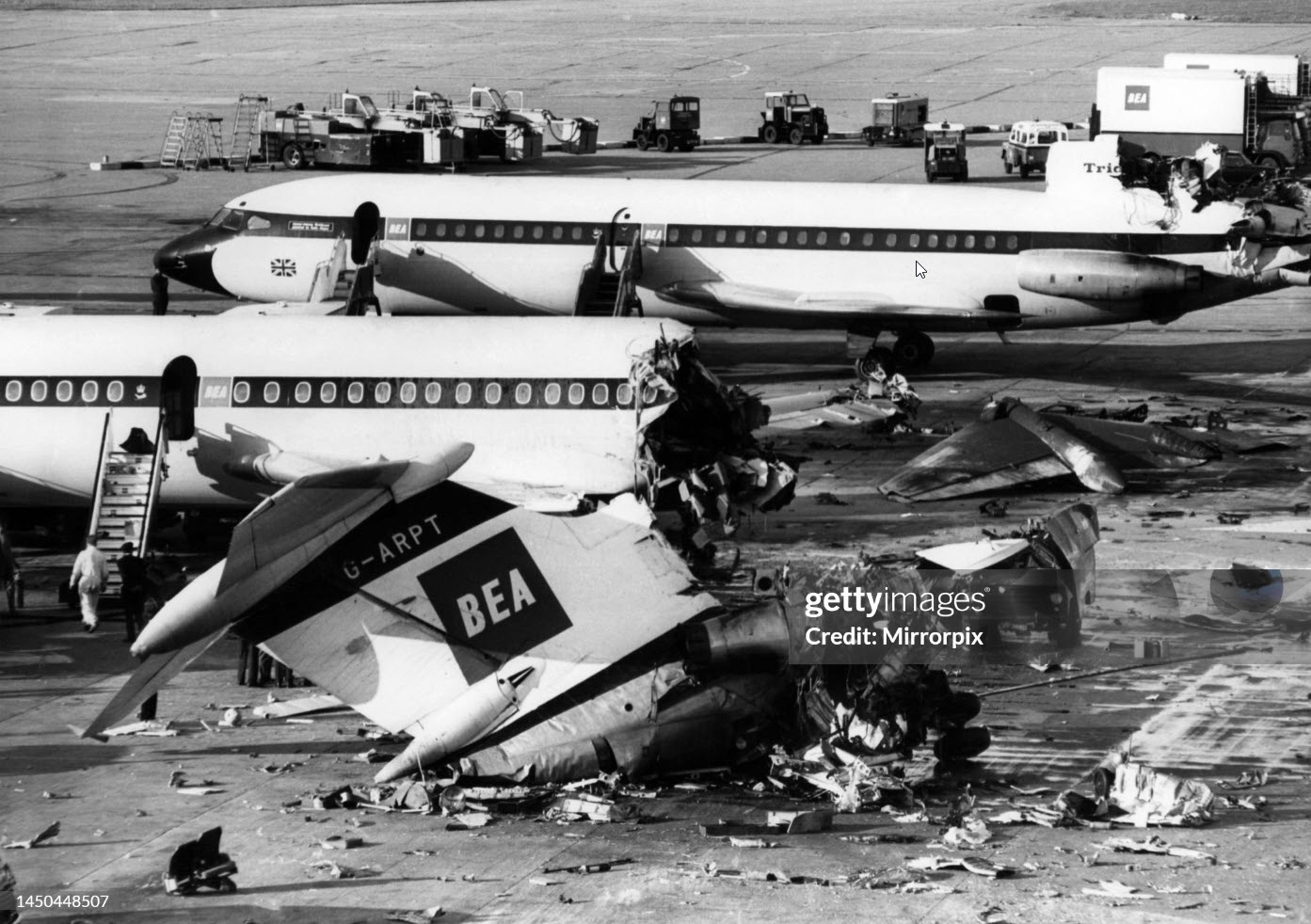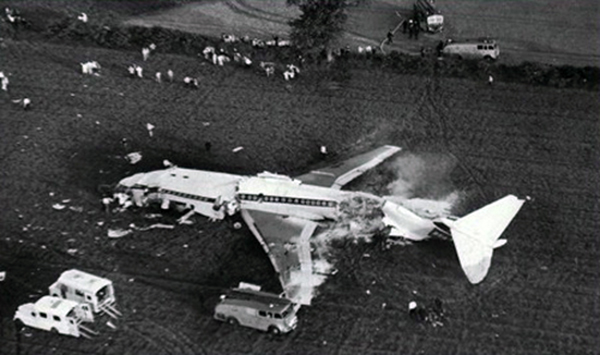Crash of a Hawker-Siddeley HS.121 Trident 1E in Öndörkhaan: 9 killed
Date & Time:
Sep 13, 1971
Registration:
256
Survivors:
No
MSN:
2131
YOM:
1966
Crew on board:
9
Crew fatalities:
Pax on board:
0
Pax fatalities:
Other fatalities:
Total fatalities:
9
Circumstances:
While parked at Qinhuangdao Shanhaiguan Airport, east of Pekin, the three engine aircraft was 'stolen' by nine officers of the Chinese Air Force who apparently wanted to desert. While cruising over Mongolia, the airplane crashed in unclear circumstances near the city of Öndörkhaan. All nine occupants, among them Lin Biao, were killed. It is unclear if the accident was the consequence of a loss of control due to fuel exhaustion or if the aircraft was shot down by the pilot of a fighter aircraft.
